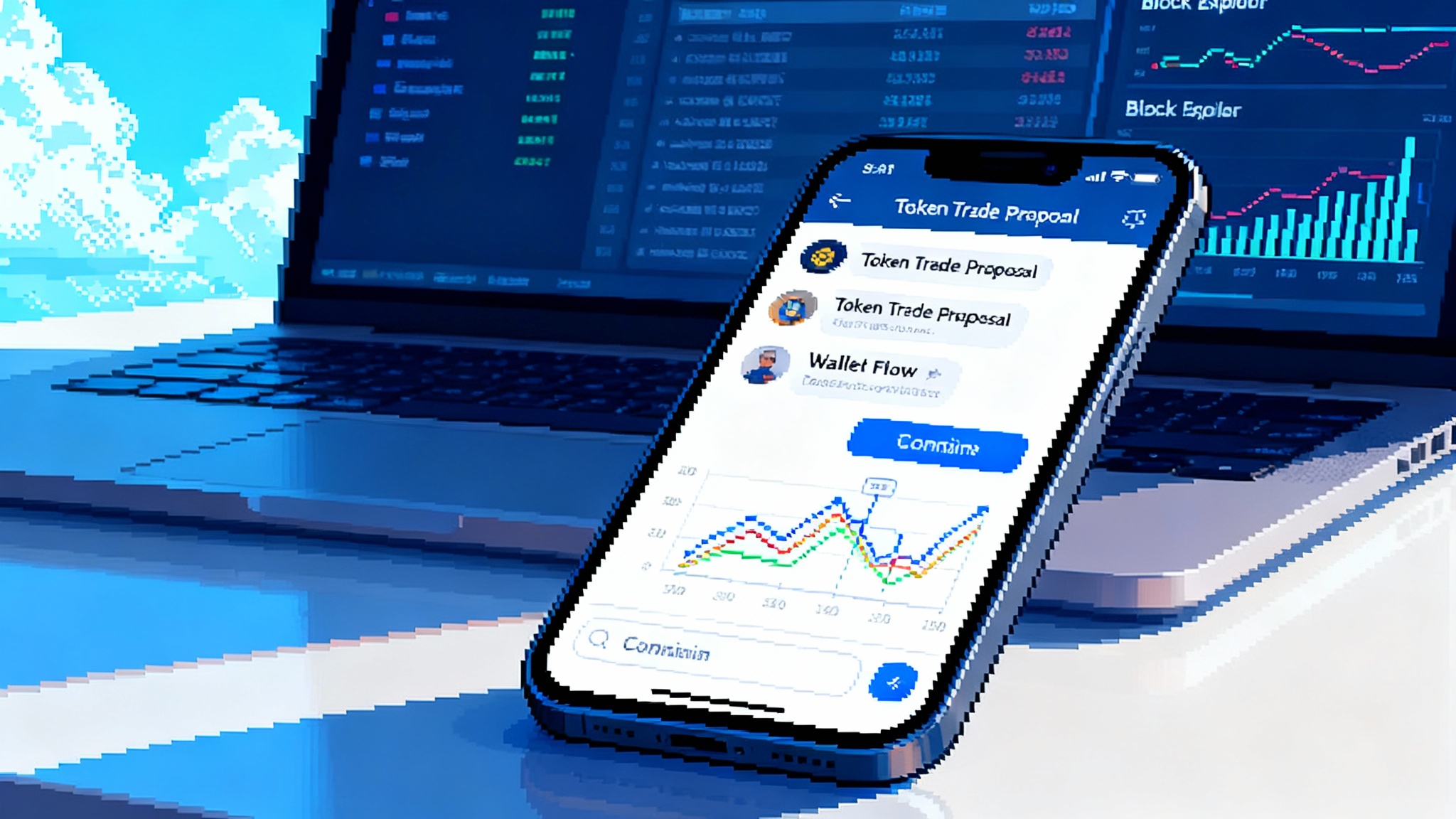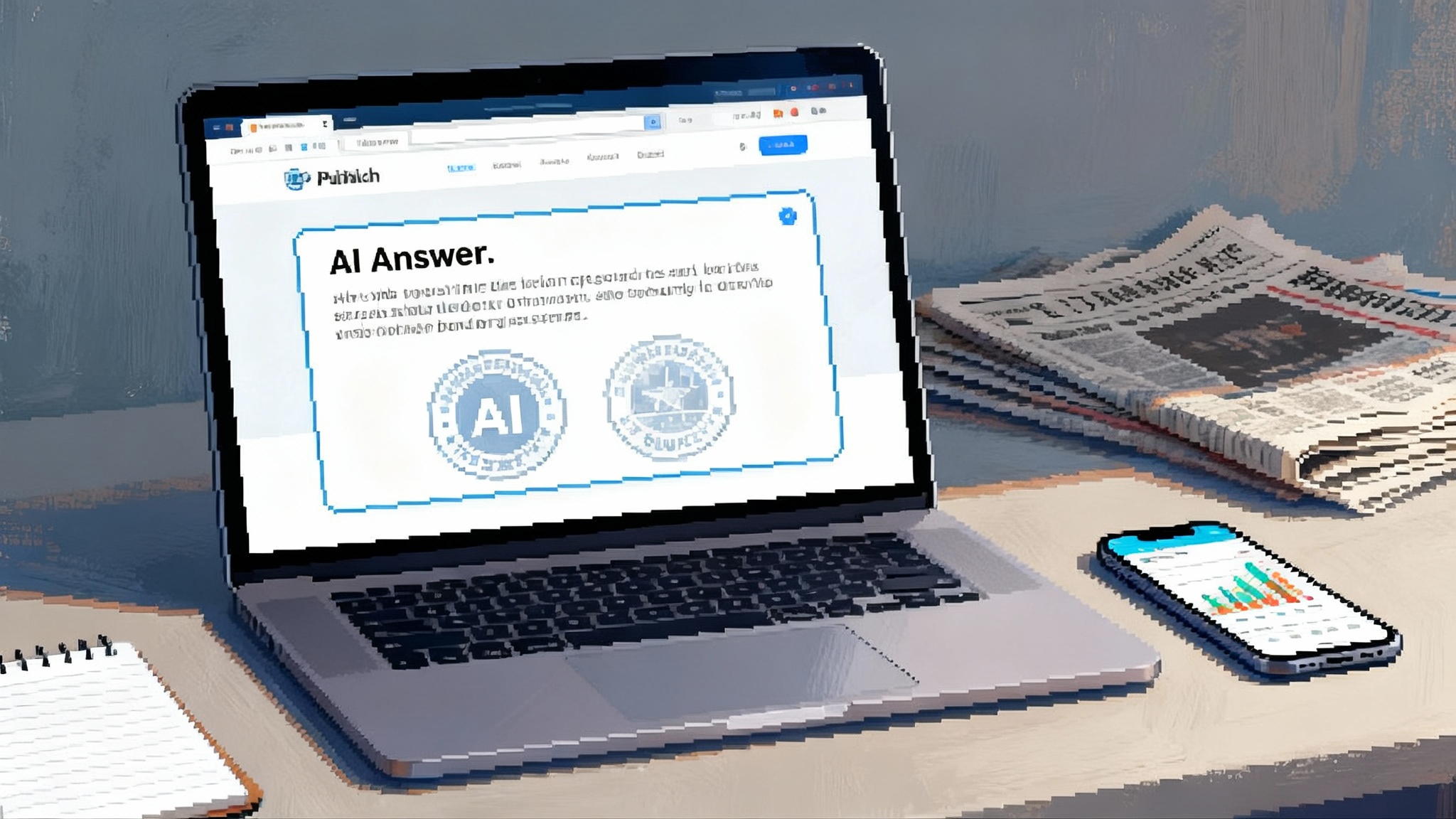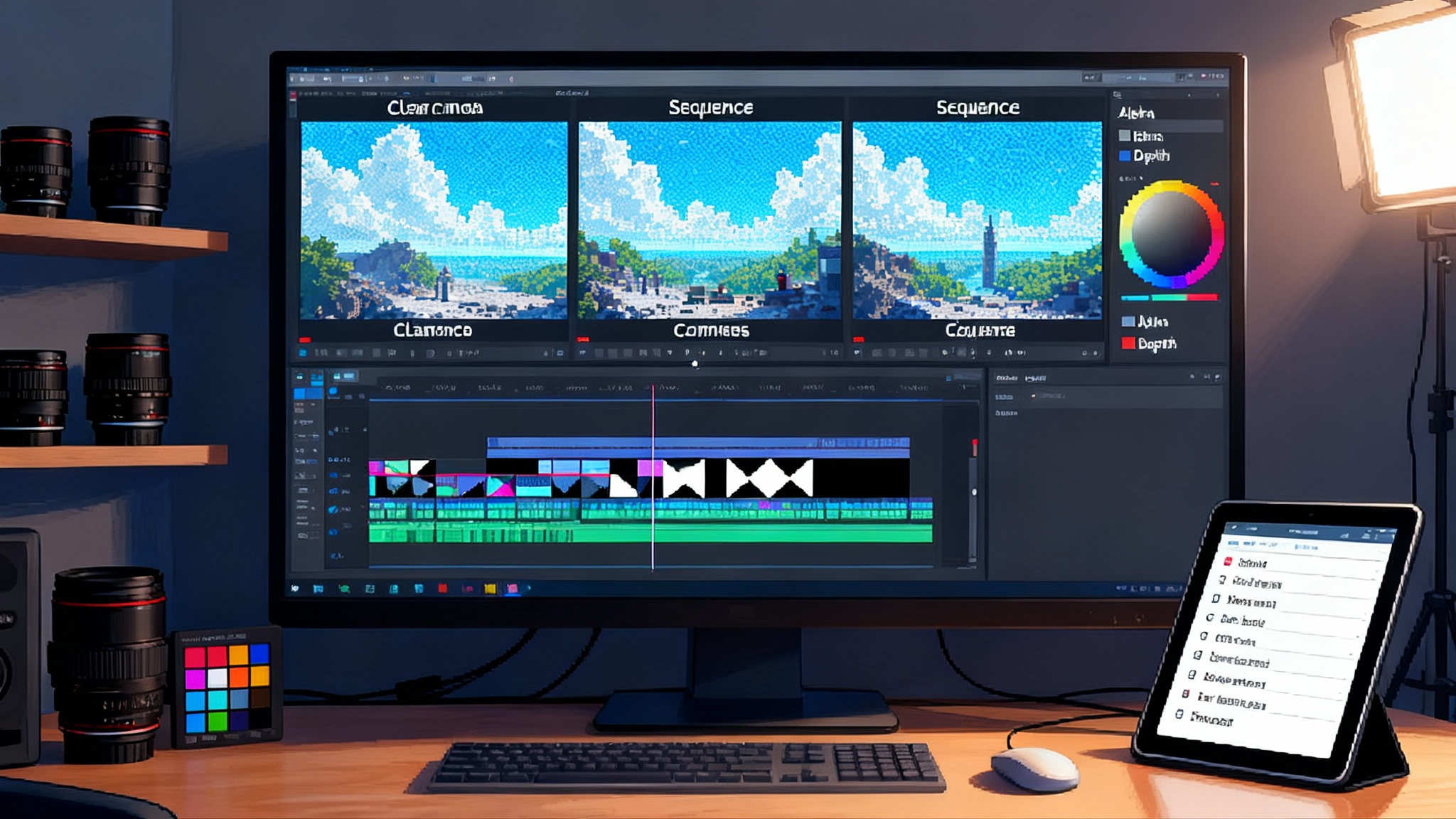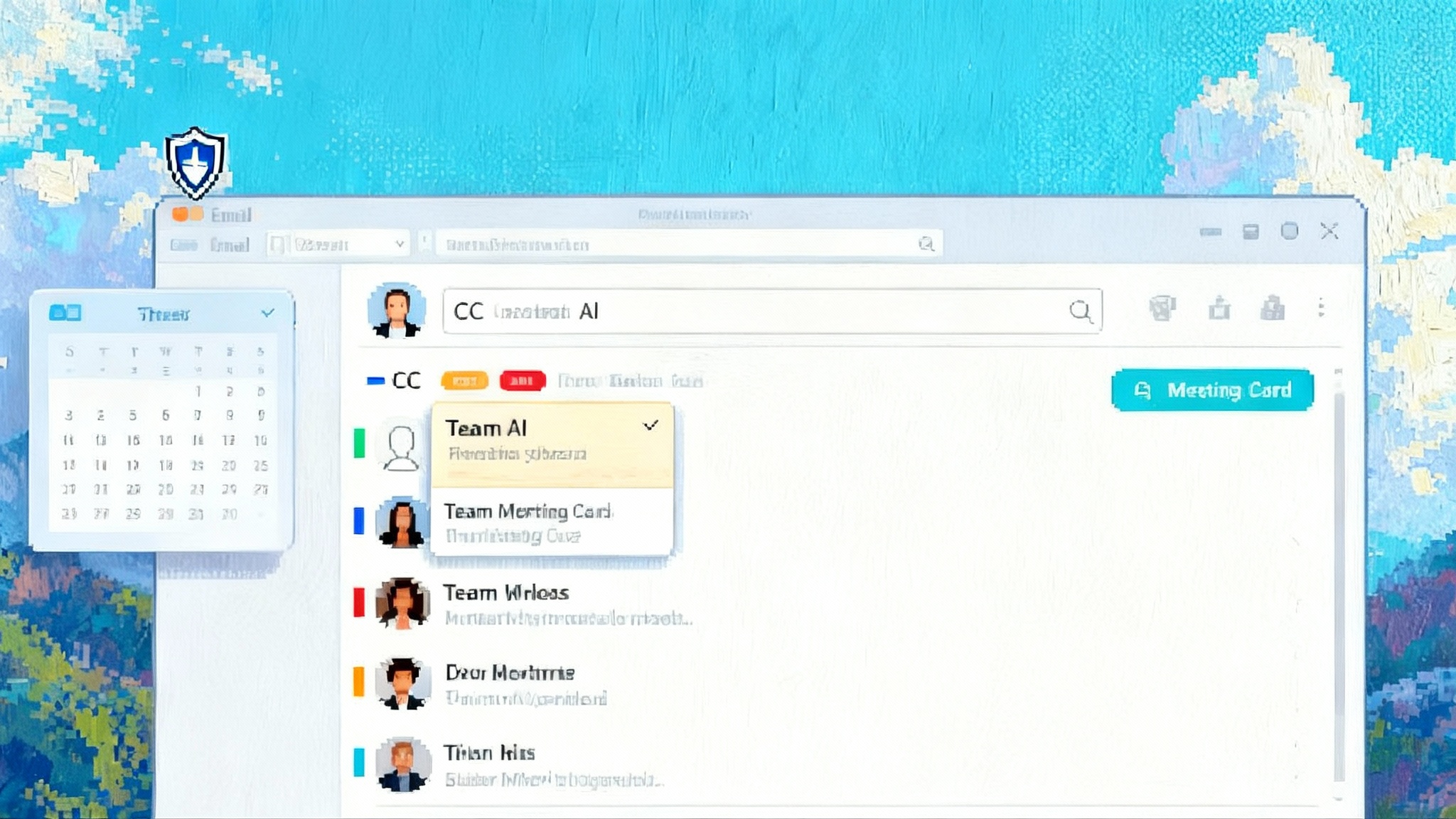Supersonik’s live AI demo agent targets sales engineering
Supersonik surfaced on September 4 with funding and a multilingual agent that joins live calls to demo real software. Here is what looks real, what is risky, and a playbook to evaluate and deploy it with confidence.
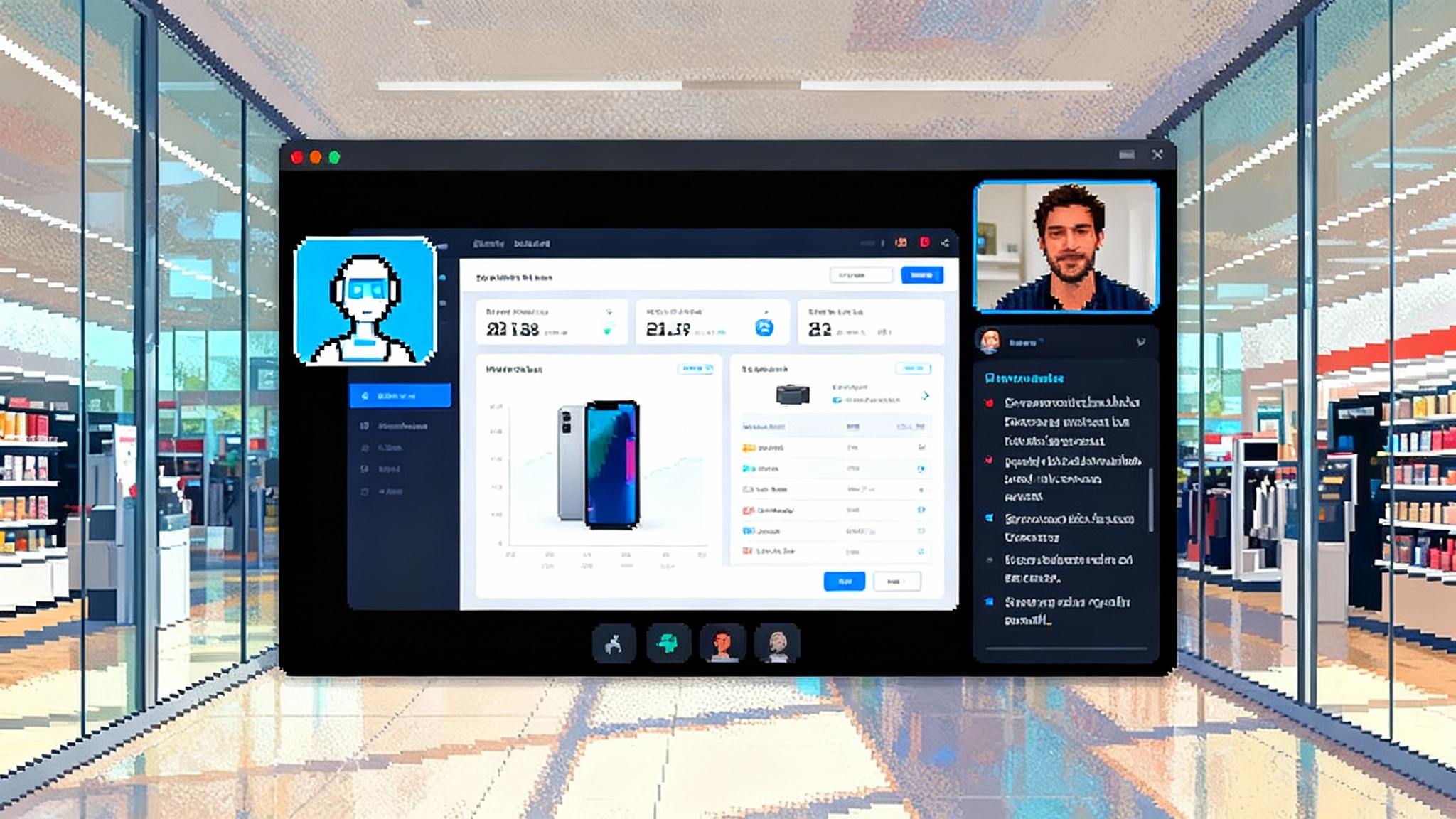
A stealth launch with big implications
On September 4, 2025, Supersonik announced an autonomous, multilingual agent that can join a video call, share its screen, and walk a buyer through a live product environment. Early reports pegged the seed round at €4.2 million, summarizing the pitch as simple but ambitious: buyers should not have to wait for a demo. See the coverage of the stealth launch and seed for the topline facts. A same day press statement fixed the round at five million dollars and emphasized live call participation, multilingual narration, and personalization. That is the most formal description of the claims to date in the press release detailing the live agent.
This promise lands at the crossover point where product led growth meets the enterprise buying committee. Trials and static tours help users poke around, but real deals often hinge on a guided walkthrough that adapts to context, constraints, and role. Today that first 30 minutes usually sits with sales engineers who prepare environments, seed data, and build talk tracks. If an agent can reliably handle the opening block, teams compress time to value and free human experts for architecture, integration planning, and negotiation.
Live demo or scripted tour: how to tell
Everyone has sat through an interactive demo that turned out to be a clickable movie. If Supersonik is to be trusted in production, it has to clear a higher bar. Here is a practical lens to evaluate liveness on a call.
-
Signals of a live environment
- The agent accepts arbitrary questions, moves to unexpected screens, and recovers without a reload or scene cut.
- Mid demo language switches and code switching do not wipe context or reset the flow.
- UI state persists across navigation. Changes to filters, dates, or toggles carry forward to the next view.
-
Signals of a scripted experience
- Transitions are perfectly timed and never show loading states, partial renders, or intermediate spinners.
- Answers converge to the same paths regardless of the question, as if the narrative is locked.
- Pixel identical resets when you revisit a page, which suggests you are seeing a pre recorded canvas.
-
Simple probes you can run live
- Ask the agent to perform a feature with edge case inputs, then immediately request a related export or a settings change.
- Interrupt and request a different persona or industry while keeping the same task.
- Ask for a detour into admin or billing, which canned flows often exclude.
None of these tests is definitive on its own. Together they reveal whether the agent is truly driving a sandboxed app instance or replaying a tour.
What Supersonik says it automates
Supersonik positions the agent as a stand in for the opening demo block. In product materials and press coverage, the agent is described as joining live video calls, sharing its screen, and tailoring the walkthrough to the buyer’s questions and profile. The September 4 announcement highlights three pillars: autonomy, multilingual narration, and live adaptation. The framing implies an integration stack that connects to CRMs, knowledge bases, and demo tenants so the agent can select the right narrative for the audience and ground answers in sanctioned content.
If those claims hold in production, the agent becomes the first line explainer. It can qualify interest, capture requirements, and show core workflows without a heavy setup. Sales engineers can then spend their time on system design, data mapping, and negotiation with stakeholders.
Why this could compress PLG to enterprise funnels
- Instant demo at peak intent. Clicking Demo could deliver a credible walkthrough in minutes, not days. That shortens the dead zone where deals often fade.
- Persona switching without juggling tenants. A single environment can present the right story for an admin, an end user, or an executive with less orchestration.
- Global coverage from day one. Multilingual narration expands the top of the funnel without hiring regional SEs for every time zone.
- Better signal on buyer interest. Every click, prompt, and detour is structured data that can drive routing, follow up, and product priorities.
If early adopters see higher demo to SQL rates, expect fewer no show meetings, faster qualification, and pipelines that are narrower but more likely to convert.
For context on voice and latency, compare claims here with how real time voice stacks are maturing in practice, as covered in our look at code-first voice agents in production. On orchestration and reliability, the shift from prototypes to productionized agents mirrors the themes in the production shift for agents.
The biggest risks and how to mitigate them
-
Hallucinations and overclaiming
- Risk: The agent invents features or misstates limits.
- Mitigation: Constrain answers to retrieval from product docs and release notes. Require sources for any claim the model emits. Enforce a policy to say I do not know below a confidence threshold.
-
Compliance and regulatory exposure
- Risk: The agent shares non public roadmap items or implies certifications that are not held.
- Mitigation: Maintain an allowlist of approved claims and assets. Route compliance topics to a human by default. Log every claim with a content hash tied to its version.
-
Data leakage and tenant mixing
- Risk: The agent reveals real customer data or displays a restricted data source.
- Mitigation: Demo only in ephemeral sandbox tenants seeded with synthetic data. Use separate credentials and strict egress for demo environments. Block any link out to internal tools.
-
UI automation safety
- Risk: The agent clicks destructive controls or navigates to unsafe screens.
- Mitigation: Wrap the UI with an action layer that exposes safe, idempotent verbs. Deny unknown actions. Require explicit confirmations for any state changing step.
-
Adversarial prompts on live calls
- Risk: A competitor or researcher attempts a jailbreak during the session.
- Mitigation: Add a real time safety model to filter user utterances, strip prompt injection patterns, and throttle tool use under stress. Enable one keystroke human takeover.
These mitigations mirror a broader industry shift from dashboards to outcome oriented agents that operate inside real workflows. For a market level view, see how that change is unfolding in a shift from dashboards to doers.
A production ready architecture for demo agents
Below is a reference stack for teams evaluating Supersonik or building a comparable system. The purpose is not to prescribe vendors, but to clarify the components that support a reliable, safe, and observable live demo.
-
In call experience
- WebRTC or a vendor SDK for voice and video. The agent joins as a participant with screen share and voice. Aim for sub 300 ms round trip on speech turns so buyers can interrupt naturally.
- Duplex audio with barge in. High quality speech to text, low latency text to speech, and interruption handling that feels conversational.
-
Agentic orchestration
- A planner that turns buyer intent into bounded UI actions. Think tools like open page, fill field, click button, set filter, read table, export CSV.
- A deterministic supervisor that watches the LLM. The model proposes, the supervisor verifies preconditions, and the system rolls back or retries on failure.
- Retrieval grounded answers. Restrict sources to approved docs and release notes. Store every retrieved snippet with timestamps and version tags.
-
Product driving layer
- Browser automation, ideally in a hardened sandbox. Use frameworks like Playwright or a custom driver API. Each exposed action is tested, labeled safe, and versioned.
- Synthetic seed data scenarios by industry. Finance, healthcare, and retail get tailored records so the demo feels familiar to buyers.
-
Guardrails and safety
- A policy engine that encodes allowlisted claims, banned topics, escalation routes, and rate limits.
- Real time filters for PII, secrets, competitive content, and prompt injection patterns.
- Human in the loop controls. A sales engineer can grab control instantly or inject a macro to course correct.
-
Observability and governance
- Structured traces for every step, including screen captures and DOM diffs where legal.
- Post call scoring for task success, groundedness, safety triggers, and latency.
- Storage policies that keep transcripts, retrieval snippets, and analytics separate from any model training pipeline by default.
-
Integrations
- CRM to capture contacts, notes, and next steps, with auto creation of an opportunity above a threshold score.
- Calendar and routing to book a live follow up with the right rep if the call qualifies.
- Knowledge systems to update gaps exposed during calls and push fixes back into the retrieval index.
How to evaluate a demo agent in the wild
Treat this like a serious bake off. Define tasks, run blinded tests, and demand repeatable results. The metrics below are simple to instrument and hard to game.
-
Task success rate
- Percent of predefined tasks the agent completes without human help. For example, create a dashboard with two filters, invite a user at the viewer role, and export a CSV.
-
Answer groundedness
- Ratio of answers that cite approved sources to total answers. Review a stratified sample weekly. Track by language.
-
Navigation efficiency
- Median steps to complete tasks, with penalties for backtracks and dead ends. Smaller is better.
-
Live adaptability
- Successful switches between languages or personas mid flow. Track code switching within a single answer.
-
Safety metrics
- Block rate for unsafe requests, escalation rate to a human, and a false positive rate that could annoy buyers.
-
Business outcomes
- Demo to SQL conversion rate, time to first meeting booked, and show rates when the agent pre qualifies.
- Cost to serve per demo, including compute, orchestration overhead, and supervision time.
-
Buyer experience
- CSAT after the call and qualitative comments about clarity, pace, and trust.
Instrument these from day one. Create a scenario bank that mixes happy path, edge cases, and adversarial prompts. Run nightly regressions in multiple languages to catch regressions in prompt tuning or tool wrappers.
Where sales engineers fit now
Sales engineers do not disappear. Their work shifts to higher leverage areas.
- Designing the action layer. SEs and product teams decide which verbs are safe, which are gated, and how to represent complex workflows.
- Building scenario packs. Industry specific seeds that make the demo look real and avoid uncanny valley moments.
- Owning escalation playbooks. When the agent stalls, a human steps in with a crisp handoff and a plan for the rest of the call.
- Closing loops with product. Every failure becomes a backlog item, either a new safe action, a performance fix, or a doc update.
The result is fewer repetitive intro calls and more time on architecture, integration planning, and technical close.
A practical rollout plan for SaaS teams
-
Phase 1: Safe read only walkthroughs
- Limit the agent to non destructive navigation and reporting. Expose five to ten safe actions and one persona. Gather telemetry and feedback.
-
Phase 2: Persona breadth and language coverage
- Add admin and executive views. Expand to three core languages based on traffic. Keep actions idempotent.
-
Phase 3: Controlled write actions
- Introduce reversible actions such as drafts and sandbox edits. Enforce confirmations and stay inside demo tenants.
-
Phase 4: Handshake with human reps
- Enable instant escalation to a rep. Route hot leads with context, a transcript, and a concise summary.
-
Phase 5: Enterprise hardening
- SOC 2 and ISO 27001 readiness, data processing agreements, and regional data residency as needed.
With this plan, teams reduce risk while learning where the agent excels and where humans should remain in the loop.
Open questions that still matter
- How robust is the agent to real buyer noise, accents, and crosstalk during calls?
- Do multilingual claims hold up for technical jargon in regulated industries?
- Can the system ground answers to the exact product version a buyer will use?
- What is the true cost per successful demo at scale?
- How often does the agent say I do not know rather than bluffing?
Any vendor in this space should be willing to run a pilot where your team defines tasks and metrics. The right partner leans into data and improves week over week.
Bottom line
Supersonik is not the first voice or chat agent to show software, but the combination of live screen control, multilingual narration, and CRM driven personalization is a sharp wedge into sales engineering. If the company proves reliability and safety at scale, this capability will become standard for SaaS go to market teams much like chat support did a decade ago. The near term payoff is not fewer people. It is fewer delays, broader coverage, and a cleaner signal on what buyers need before a human joins the room. The next twelve months will test whether the agent stays live under pressure. If it does, expect demo to SQL rates to climb and the PLG to enterprise path to feel a lot shorter than it used to.
